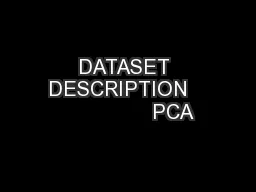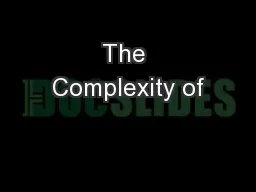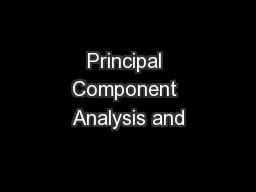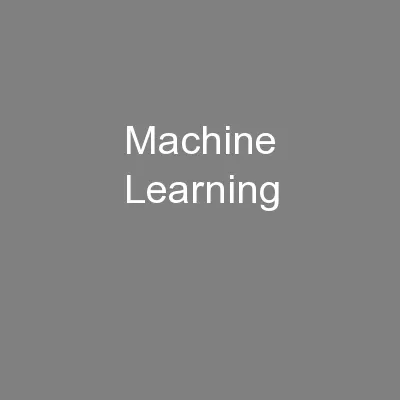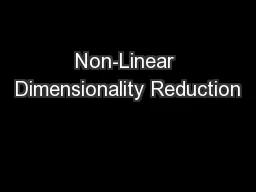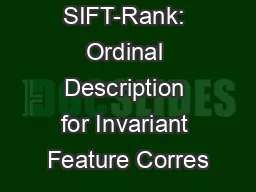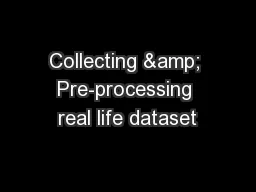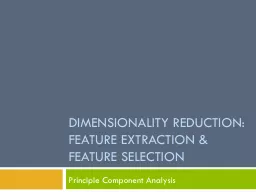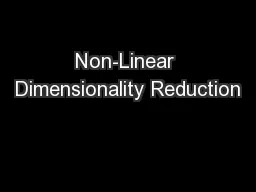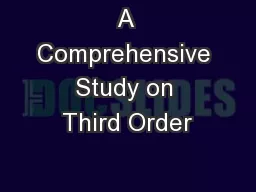PPT-DATASET DESCRIPTION PCA
Author : giovanna-bartolotta | Published Date : 2016-06-23
Dataset 1 RNA Seq of neural cells MiSeq 2 65 cells Ground truth clusters Group I Neural Progenitors Group II Radial Gilia Group III Newborn Neurons Group IV
Presentation Embed Code
Download Presentation
Download Presentation The PPT/PDF document "DATASET DESCRIPTION PCA" is the property of its rightful owner. Permission is granted to download and print the materials on this website for personal, non-commercial use only, and to display it on your personal computer provided you do not modify the materials and that you retain all copyright notices contained in the materials. By downloading content from our website, you accept the terms of this agreement.
DATASET DESCRIPTION PCA: Transcript
Download Rules Of Document
"DATASET DESCRIPTION PCA"The content belongs to its owner. You may download and print it for personal use, without modification, and keep all copyright notices. By downloading, you agree to these terms.
Related Documents

